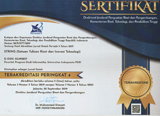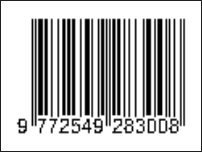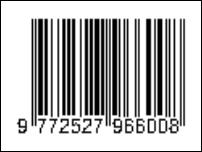Perbandingan Metode-metode Peramalan Statistika untuk Data Indeks Harga Pangan
(1) Fakultas Teknologi Komunikasi dan Informatika - Universitas Nasional
(2) Fakultas Teknologi Komunikasi dan Informatika - Universitas Nasional
(3) Fakultas Teknologi Komunikasi dan Informatika - Universitas Nasional
(*) Corresponding Author
Abstract
Keywords
Full Text:
PDF (Indonesian)References
Lim Sanny, Metode Forecasting dengan Pendekatan Program Minitab, Prosiding Seminar Nasional dan Call for Paper Pengentasan Kemiskinan Melalui UMKM : Komparasi Model Indonesia dan Malaysia, UPN Veteran Yogyakarta, 2012.
DT Wiyanti, R Pulungan, Peramalan Deret Waktu Menggunakan Model Fungsi Basis Radial (RBF) dan Auto Regessive Integrated Moving Average (ARIMA), Jurnal MIPA 35 (2) : 175-182. 2012.
Zhang X, Liu Y, Yang M, Zhang T, Young AA, Li X. Comparative Study of Four Time Series Methods in Forecasting Typhoid Fever Incidence in China. Vespignani A, ed. PLoS ONE. 2013; 8(5) : e63116. doi:10.1371/journal.pone.0063116.
Atok, R.M. and Suhartono. Comparison between Neural Networks, ARIMA Box-Jenkins and Exponential Smoothing Methods for Time Series Forecasting. Research Report, Lemlit: Sepuluh Nopember Institute of Technology. 2000.
Suhartono, Subanar and Guritno, S. (2005a). A Comparative Study of Forecasting Models for Trend and Seasonal Time Series: Does complex model always yield better forecast than simple models? JURNAL TEKNIK INDUSTRI: Jurnal Keilmuan dan Aplikasi Teknik Industri, Vol. 7, No. 1, pp. 27-41. 2005.
Ayodele Ariyo Adebiyi, dkk., “Comparison of ARIMA and Artificial Neural Networks Models for Stock Price Prediction ‘’, Journal of Applied Mathematics, vol. 2014, Article ID 614342, 7 pages, 2014. doi:10.1155/2014/614342
DOI: http://dx.doi.org/10.30998/string.v2i3.2200
Refbacks
- There are currently no refbacks.
Copyright (c) 2018 STRING (Satuan Tulisan Riset dan Inovasi Teknologi)
STRING (Satuan Tulisan Riset dan Inovasi Teknologi) indexed by:

Ciptaan disebarluaskan di bawah Lisensi Creative Commons Atribusi 4.0 Internasional.
View My Stats

 Sertifikat Akreditasi
Sertifikat Akreditasi
















